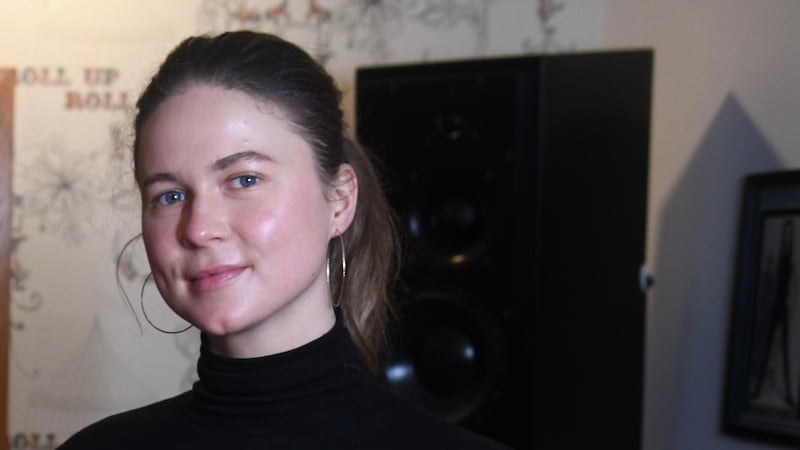I don’t suppose there has ever been a time when fat old idiots weren’t complaining about the young not reading. No doubt the Venerable Bede despaired at novices choosing cup and ball over the contemplation of vellum.
There has, however, been particular angst about this subject recently. Last month the 2024 What Kids Are Reading report, after surveying more than 1.2 million pupils throughout Britain and Ireland, broke the news that there has been a 4.4 per cent decrease in the number of books read by children. That had just sunk in when, last week, another report, The State of the Nation’s Adult Reading, broke the news that about 35 per cent of respondents in the UK had given up reading for pleasure. There was a lot more stuff in there, but I couldn’t get through it. “Struggle to focus” this and “distraction of social media” that. Who can be arsed? I still have a final boss to beat in Mega-Ninja Apokalypse.
In at least one observable sense, the tradition of reading books has declined. A few decades ago it was assumed that almost everybody had a volume – usually a novel – “on the go” at almost any time. The Guardian newspaper used to run a questionnaire in its sports pages that, among other things, asked that week’s star what they were reading. This was then a reasonable question. One might similarly ask where the shot-putter went on holidays or what shoes the skier wore.
‘The real shift into books as religion came with the arrival of TikTok, in 2017′
That has changed. It is now not uncommon for celebrities to list “reading” as a hobby, like collecting matchbooks or stuffing birds of prey. The notion that, when not concerned with the pressures of work or domestic life, you might, as a default distraction, slip back into your on-the-go read took a hit from television and another from video, but it just about survived into the 1990s. During the London Blitz, Anthony Trollope, then in his grave for just 60 years, enjoyed a revival as Londoners, desperate for distraction, hauled The Eustace Diamonds and The Way We Live Now down to the Anderson shelter. Habitual reading saw off the Luftwaffe but not, alas, the internet. Too much of the universe is available on your smartphone.
Colin Farrell: ‘I’m finding the 40s to be the most meaningful and beautiful chapter in my life’
Jessie Buckley is unbeatable at the Oscars. Unless this happens
Four new films to see this week: After the Hunt, Ballad of a Small Player, Gerry Adams: A Ballymurphy Man, and Souleymane’s Story
Saipan the movie: Roy Keane-Mick McCarthy flashbacks too much for this traumatised fan
The State of the Nation’s Adult Reading report tells us that those aged between 16 and 24 find it difficult to locate books “featuring characters with experiences similar to their own”. Here I put on my old-bastard face. The publishing industry has always been too fusty and too middle class. What else is new? Remember all those ghastly children in argyle socks that Enid Blyton nudged mechanically around supposedly mysterious coves. Moreover, young readers have always sought experiences as dissimilar as possible from their own. They got it in Treasure Island, The Hobbit and Where the Wild Things Are. The key reason young folk aren’t reading books is because they are distracted by online temptations. Let’s not pretend otherwise.
[ The best books of 2024 so far: writers and critics choose their favourite readsOpens in new window ]
Here is the interesting thing. One cannot fairly jump from there to the conclusion that books are removed from youth culture in a way they were not when predecessors hunched over the new Roald Dahl or the latest Jacqueline Wilson. Books are, indeed, a cult phenomenon as they have never been before. The simmering began with the Harry Potter novels at the end of the last century and continued with the concomitant mutation of “young adult” literature into something more industrial than a mere age category.
The real shift into books as religion came with the arrival of TikTok, in 2017. (Can it really be so recent?) We know that BookTok, a vibrant subcommunity on that site, is worth taking seriously for at least one indisputable reason: it drives older people nuts. All culture that irritates greybeards is worth study: bop, punk, goth, rave, drill, tattoos, slam poetry, dubstep, alcopops, piercings, Lord Byron, the Charleston, emo, Twilight. That’s the rule. The irritation here comes, in part, from the titles that attract most attention. BookTokkers focus vigorously on schools of romance and fantasy that (because they can’t be bothered to read the things) older readers unfairly assume exist beneath highbrow contempt. Sarah J Maas’s A Court of Thorns and Roses series. Olivie Blake’s The Atlas Six. Anything by Colleen Hoover. Ruby Dixon’s Ice Planet Barbarian yarns. And so on.
[ BookTok: The increasingly powerful force reshaping publishingOpens in new window ]
The rituals of BookTok further infuriate. Shelving pristine volumes neatly behind the Tokker. Furiously annotating the texts with brightly coloured slips. Assembling lists of “red flag” books that indicate another reader is not to be trusted. Why can’t these people just sit beneath a tree and read Daniel Deronda like a normal human being? If they are forcing the rest of us to ask those questions then they are surely doing the right thing. Book culture thrives. Just not where you used to find it.
















